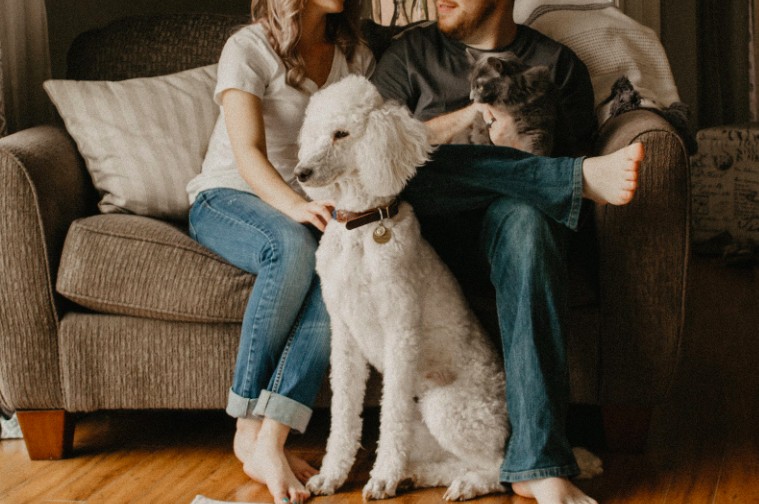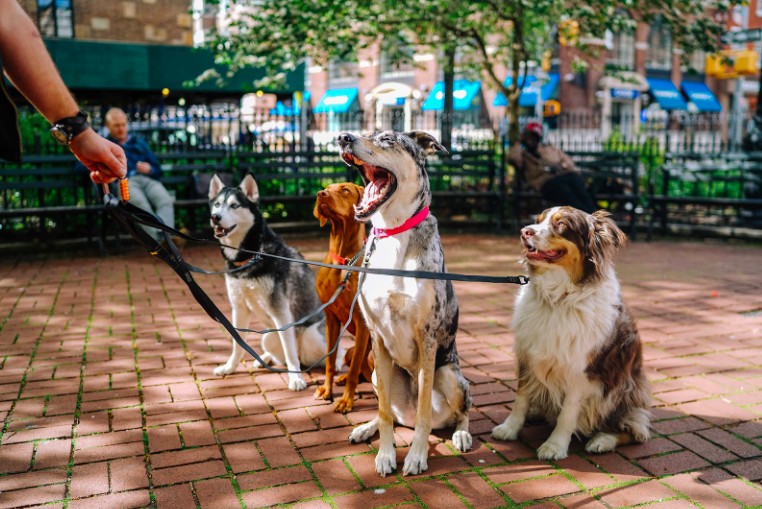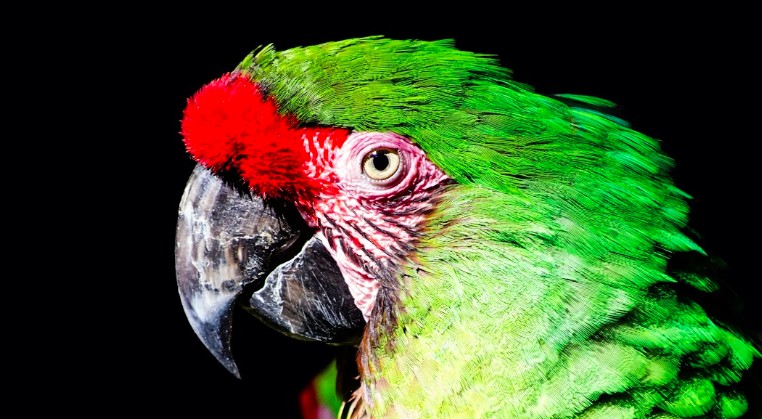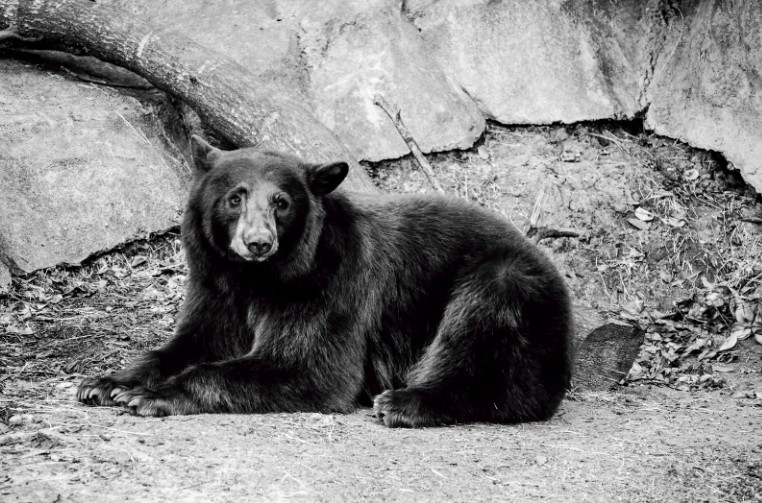Animal abuse is one of the most important topics for us to discuss, but it’s also among the most difficult to contemplate. Animal lovers can’t understand the psychology behind animal abuse, yet it happens every day.
In many cases, abuse isn’t as obvious as one might think. For instance, a dog owner who leaves the animal outside in 100-degree temperatures without water or shade all day is abusing that dog, yet there might not be outward signs of the abuse.
Animal abuse also often takes place far from the public’s prying eyes. You wouldn’t know if your neighbor was abusing an animal unless he or she brought the activity outside where you could see it.
That’s why we need to understand animal abuse, break down what it entails, and fight against it at every opportunity. If nobody speaks up or stops the abuse, it will continue to occur.
What Is Animal Abuse?
Animal abuse is the treatment of any animal that causes physical or psychological damage. That’s a pretty broad definition, but we’ll break down some of the most common manifestations in a minute.
What you need to know right now is that animals are sentient beings. They experience fear, pain, and other negative emotions just like your pets experience joy, love, and contentment.
There are two basic types of animal abuse:
- Commercial: Animal abuse that is committed for the purpose of furthering an organization’s profits.
- Personal: Animal abuse that occurs between a person and an animal.
While large-scale animal abuse might seem like the most important issue to tackle, there’s no such thing as a “minor” abuse situation. Any one person who abuses a single animal should be brought to justice.
That’s why most governments around the world have laws against animal cruelty. Law enforcement investigates reports of animal abuse and takes appropriate action.
This doesn’t mean, however, that ignorance is excused. There are plenty of resources available to anyone who wants to learn how to properly care for an animal. This includes providing adequate nutrition, hydration, room to move, exercise, and socialization.
What Animals Are Most Abused?

Some animals are more frequently targeted for abuse than others. Ranking at the top of the list, of course, are household pets like dogs and cats. Animal cruelty can involve actively abusing an animal, neglecting that animal, or abandoning the animal.
Livestock and animals used for entertainment purposes are also often abused, sometimes in large-scale operations. These animals can’t fight for themselves, and in many cases, there are no laws against their mistreatment.
For instance, you can’t cut off your dog’s nose without breaking the law — it’s animal abuse — but factory farmers can de-beak chickens without penalty. The disproportionate laws concerning animal cruelty are among the first things that require addressing.
Let’s take a closer look at the animals most often subjected to abuse.
Dogs

Human beings have stronger relationships with dogs than any other animal. We domesticated them long before we domesticated other animals, such as cats and horses, and we’ve bred them throughout history to work in collaboration with us.
Birds

Some people keep birds as pets, whether they’re finches or parrots. More often than not, bird abuse happens in the form of neglect.
For instance, all birds have very specific dietary requirements. If those needs aren’t met, they get sick and, in the worst cases, die from the abuse.
Birds can also become prey to other animals in the house. If a neglectful bird owner leaves the cage accessible to a cat, for instance, the cat might eat the bird. That isn’t the cat’s fault, but the human’s.
What Are the Different Types of Animal Abuse?

We’ve talked about several forms of animal abuse, but it’s important to understand each type and why it occurs. If we’re cognizant of the role animals play in meeting human desires, we can start to chip away at it.
Improper Confinement
Animals used for entertainment purposes are sometimes abused. Many zoos and other similar organizations provide amazing habitats for animals that live in captivity for one reason or another. However, they’re not all well-kept or adequate for the animals confined there.
Animal abuse exists on movie sets and at animal shows. When animals are forced to work in service to humans, the human can always use his or her power to dominate the animal.
Fighting
Animal fighting has been a sport for many years. Roosters and dogs are the most frequent victims of these “sporting” events.
An animal fight involves putting two or more animals in an enclosure together. One of the animals must kill the other to “win.” Attendees bet on which animal will come out victorious in the fight, so the event generates money for those who participate.
Fighting is considered animal abuse and often goes hand-in-hand with other crimes. The important thing to realize is that these animals don’t consent to the fighting, and they must be brutally trained so they’ll react aggressively when faced with another animal.
Some dog breeds, such as the American pit bull, are among the most targeted for dog fighting.
How Can We Stop Animal Abuse and Cruelty?
There’s no one way to stop animal abuse. However, when more people get involved in the fight against animal cruelty, abusers get exposed and held accountable for their crimes. Additionally, battling animal cruelty with your wallet sends a clear message to companies that use animals for testing or human food.
If you want to help stop animal cruelty, you can follow this blueprint.
Recognize the Abuse
There’s no way to stop animal abuse if you don’t know what it looks like. Most people know instinctively that kicking a dog is animal abuse, but they might not recognize the subtler forms.
Reading articles like this one and others on the Sentient Media blog, watching YouTube videos, and getting involved with organizations like the ASPCA and PETA can help you gather information.
While you’re learning to recognize animal abuse, educate others. Tell the people in your life about what’s going on and how they can help.
Fight the Abuse
Speaking up against animal cruelty can help end animal abuse. The more people talk about it and share education about the humane treatment of animals, the less abuse we’ll see.
You could start a blog about animal rights, create YouTube videos promoting humane animal training, or volunteer at your local animal shelter. Most importantly, adopt your animals from rescue organizations. There will always be buyers for pure-bred animals, but those in shelters need homes now.
Stop the Abuse When You See It
You shouldn’t intervene if you witness violence against an animal. That would put you in danger from the abuser. Instead, call 9-1-1 or the emergency line in your location to get the police involved.
If you see neglect or abandonment, you can decide how to proceed. Either you can intervene, such as by confronting a relative who hoards animals, or you can report the animal abuse to the authorities.
Raising money to prevent animal abuse is also helpful. You might donate to a cause, participate in a fun run, or host a fundraising event. Unfortunately, there are never enough dollars when it comes to funding an animal rights organization.
Conclusion
Animal abuse occurs in many forms, but it shouldn’t occur at all. Animals have rights, and failing to respect those rights has unending consequences.
Create your own statement of ethics. Decide what you value and believe in, then walk the path. The more engaged you are in animal rights issues, the more good you can do for our fellow animals.
Remember that animals have feelings and emotions. They might not express themselves the same way we do, but they need us to champion them.





















